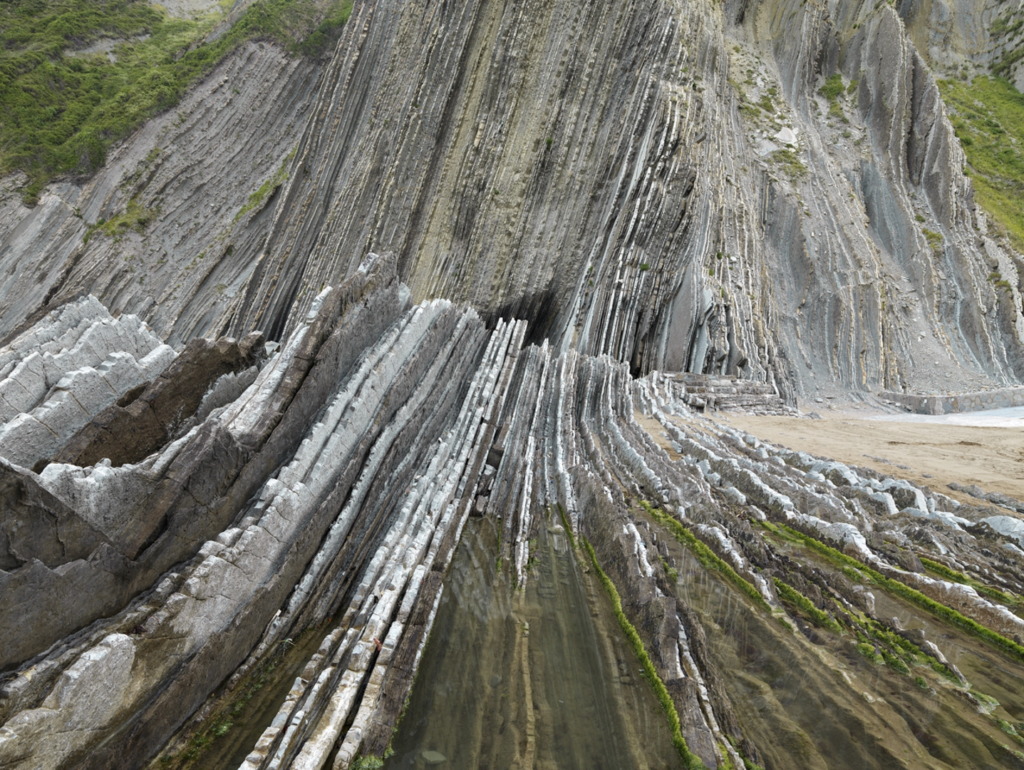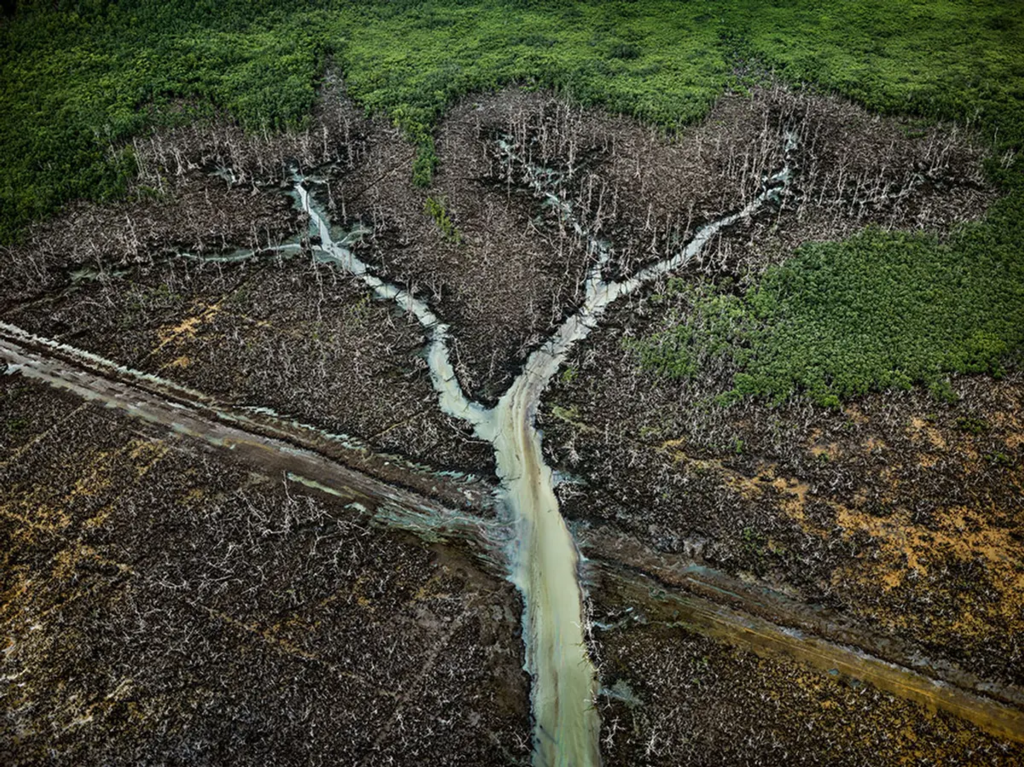


Edward Burtynsky is a photographer who is incredibly influential in the photography world especially when it comes to the topics of Anthropocene. Regarded as ‘one of the worlds most accomplished contemporary photographers’ having many world wide exhibitions looking at topics like the human impact on the world displaying the work across 80 major museums all over the world.
About Edward Burtynsky
Born in 1955 in Ontario, he then went onto receive a BAA in photography/media studies in 1982 at the Toronto Metropolitan University in 1982. Since then he has received an Alumni Achievement award and an honorary doctorate and even now he sits on the board of directors for The Image Centre. Along side this he has won many awards for his work, including a TED prize in 2015 and the Governors General’s awards in visual and media arts. He became intrigued by the concept of photography when he was 11 and his father brought a dark room and cameras and provided Burtynsky with two rolls of film. While learning black and white photography he learnt how to create lack and white prints. As he continued to progress he began selling photos for 50 cents a photo when he was photography events, eventually this led to him being able to travel and photograph ‘pristine landscapes’ the landscapes of his childhood, quickly developing his passion for landscape photography, as seen in his later career. After he left University in 1982, he quickly became the ever developing photographer we know now. Many of his early works were inspired by the likes of Ansel Adam’s landscapes, being coloured landscapes however he did go onto work for an architecture company and the Ontario hospital. This was before he founded Toronto Image works in 1985, which was not only a work space for himself but a place it doubled as a dark room rental facility, custom photo laboratory and training centre for up and coming media and digital development. This was a significant step in his career as now he could choose to produce his own work and take photos without jobs depending on it.
Edward Burtunsky’s link to Anthropocene
Burtynsky chose to start to move away from typical landscapes and became involved with the Anthropocene project. He also produced a Manufactured Landscapes collection containing 60 images. This was first step in becoming the influential landscape, or damage on landscape photographer he is today. His work has been shown many times, all over the world show casing just how as humans we have impacted the planet around us. Taking a different approach to many other Anthropocene photographers he has captured the things we don’t normally see but operate on a huge scale or just how easily we have taken away from nature without many truly realising as well as often adding in reminders of the greatness of untouched natured.
Photo Analysis

This photo is bright, colourful and bold. It has an element of enjoyment when looing at it that many photos based around the environment don’t, by drawing people in that way something based on a hugely damaging topic don’t tend to. The photo itself is of Lithium mines in Chile, with the ever growing production of battery’s for cars and as such as the world converts to electric to escape the damage and limited supply of fossil fuels the damage that comes with electric power will increase. The photo above truly shows how much damage we are causing on the world while thinking we are fixing the previous damage we have caused. From a high angle the photo is taken from a high angle, Burtynsky tends to use helicopters so this does actually contradict the idea of raising awareness of the Anthropocene development however we have to consider the amount of awareness these photos have brought to the topic ask the question is it worth it for the awareness it brings. The photo has been composed very well making use of the high angle to produce a large depth of field, emphasising the vastness of of the oil field in comparison to the mountain range. Textures appear scattered in the photo from the smooth foreground to the rugged mountain scape, again hinting at the human impact and how we are wearing the world around us down.
